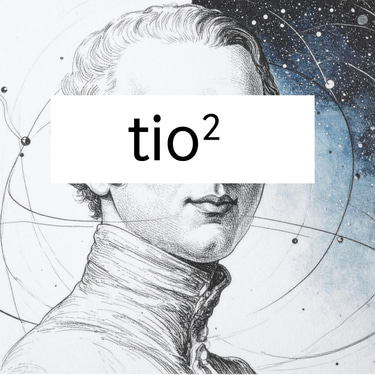opensea
JOIN OUR DISCORD
Email: contact@tio2.us
CHECK OUT OUR OTHER SITES.
Join our NFT & digital art Discord community! Connect with fellow collectors, showcase your favorite NFTs, and ignite engaging, crypto-powered conversations in our vibrant hub. Click to join now and dive into the future of digital collectibles!



